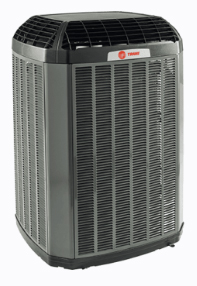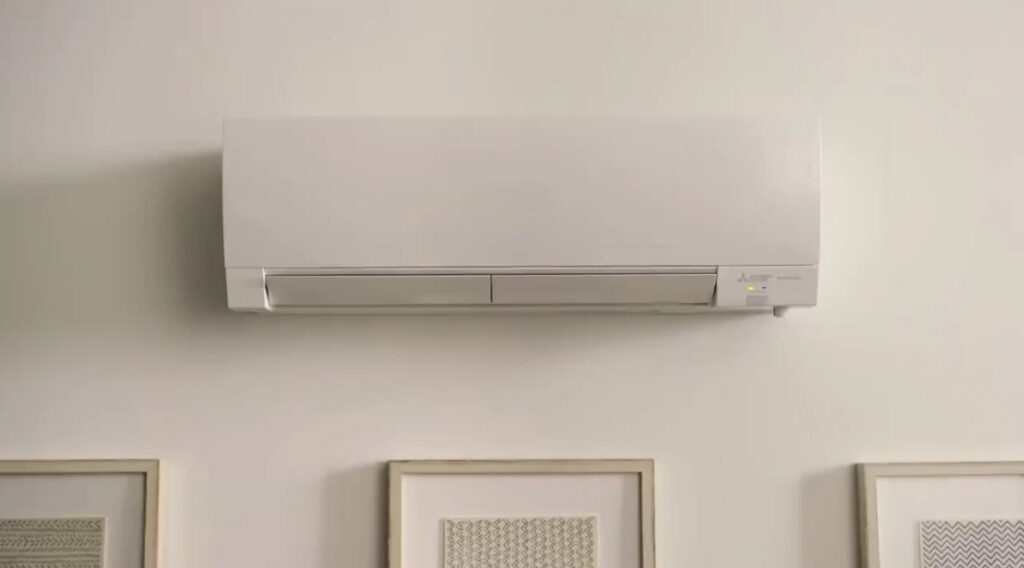Heat pumps
Heat pumps are effective in many geographies, but are especially popular in milder climates that don’t have extremely cold or harsh winters.
Where do heat pumps work best?
Heat pumps can be a smart and energy efficient HVAC solution no matter where you live, but they’re especially popular in the South or Southwest where temperatures rarely dip below freezing. Even if you live in colder areas of the country, a heat pump may be the right choice for your home when matched with a furnace or other electric heating device. This way, your home will continue to stay warm on the coldest days and run more efficiently for the bulk of the season.
Wide range of temperatures
A heat pump is effective on its own at all temperatures, because of its ability to use a gas furnace or an air handler with supplemental electric heat when temperatures drop to help heat your home. The most efficient heat pumps, like the Trane XV20i, can operate in temperatures as low as 0 degrees Fahrenheit.
Energy Efficiency
The main advantage of a heat pump is energy efficiency. Heat pumps extract heat from the air and move it, creating a comfortable space regardless of the outdoor temperature. In the summer, a heat pump acts just like an air conditioner and has similar energy output and efficiency based on the model you choose. During the winter, it reverses to pull heat from the air outside and move it inside.*

Source: Trane.com
Air Conditioners
When it’s a hot summer day outside, but a brisk 68 degrees in your home, you might find yourself wondering, “How do air conditioners work?” To sum it up, air conditioners remove heat and humidity from the air inside and place it outside to ultimately cool down your home.
To complete this process, a lot of different parts of the air conditioner need to work together, and let’s not forget there are multiple types of systems that all fulfill the same goal of cooling your home. Let’s dive into the specifics so you can understand how your air conditioner really works and discover which system is right for you.
Central Cooling Systems
Central air conditioners are designed to cool your entire home. To do this, they distribute cool air through the ducts in your home so the air reaches every single room. Central air conditioners have one outdoor portion and one indoor portion that are connected by copper tubes, unless it’s a packaged unit, which is located completely outside the home.
The smallest possible size for a central air conditioner is 1.5 tons. Air conditioners of all sizes have a SEER2 rating, which stands for Seasonal Energy Efficiency Ratio, and measures the energy efficiency of an air conditioner. Minimum SEER2 ratings are set by the federal government and vary based on system type, system capacity, and region.

Ductless Split Systems
A ductless HVAC system is simply that, Ductless, meaning no ductwork is required to heat or cool your home. Ductless systems can be used as supplemental heating and cooling of a specific space, like a bonus room or exercise room, but they can also be used for whole home solutions to provide zone comfort, allowing you to individually adjust the temperature of every room in your home. Whole home systems will have one outdoor unit with multiple indoor units.
When you have one outdoor unit and one indoor unit the system is call a Mini-Split. When you have one outdoor unit connected to more than one indoor unit the system is called a Multi-Split or Multi-zone. Ductless systems use inverter technology that will keep your space at a more consistent temperature and save energy by adjusting the compressor speed and indoor air flow.

Source: Trane.com

